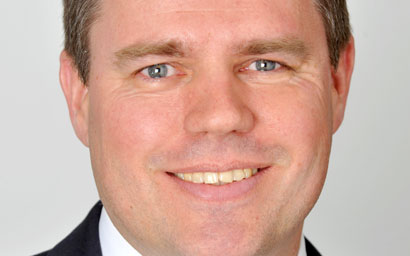Jan Dehn, the prominent emerging markets investor at London-based Ashmore Group, sounds like he’s buckling his seat belt in readiness for an emerging markets lift-off in equities and bonds this year.
Fund flows at Ashmore, a firm that only invests in emerging markets, remained flat in the first three quarters of 2016 – yet Dehn nevertheless sees a portent in the firm’s numbers when, in the third quarter (Q3) last year, the company’s assets under management still climbed despite the neutral net flows.
This entirely reflected growth in the valuations of emerging market assets. Dehn, who is head of research at Ashmore, called emerging markets the “most hated asset class in the world”, but he thinks these assets are at a turning point since they’ve been growing even without support from foreign investors, and this is something investors will gradually notice this year and next.
In particular, he hopes the higher positive correlation between US stocks and emerging market local currency bonds will be widely seen. Theoretically, the correlation means investors sell developed market bonds and instead buy US stocks and local currency emerging market fixed income.
That was a characteristic of the last rally in emerging market local currency debt until the Federal Reserve started reducing its quantitative easing (QE) programme in 2013’s infamous ‘taper tantrum’ and fears of deflation led to greater positive correlation, he said.
Dehn hopes also that people will realise that US growth has been “pathetically weak” given the amount of economic stimulus seen there. And he hopes people will take notice that emerging market currencies relative to the stronger, QE-fuelled dollar suggest emerging market countries are now as competitive as they were in the early 2000s when investors began to clamour for them.
Incidentally, this is a point Dehn made in a recent ‘Funds Europe’ emerging markets roundtable.
There are many more elements to Dehn’s thesis. These include yields in local currency debt that are higher now than yields were in developed markets before QE crushed them; cheap equity valuations; and a much more significant technology component in emerging market indices, which suggests structural growth is taking place.
But is Dehn alone in his emerging markets call? He admits he thinks flows into emerging markets will be “gentle” this year, but he also expects the correlation between US stocks and emerging market bonds to be long term.
Perhaps Ashmore’s Q4 2016 figures will hold more clues. These are out on January 16.
©2017 funds europe





